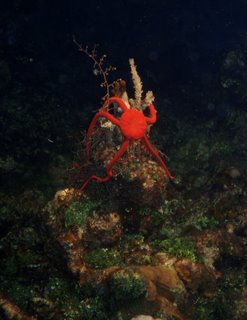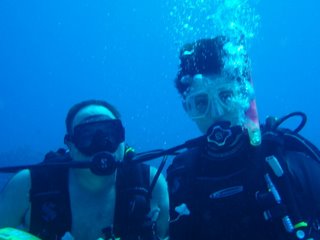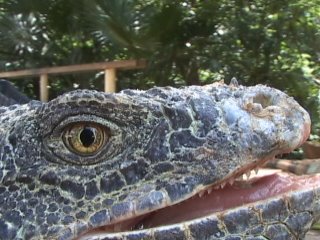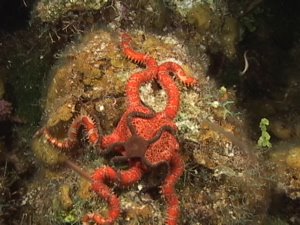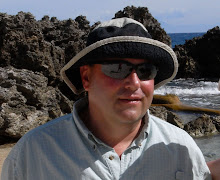Wow, what a day! We began with a presentation on Atlantic bottlenose dolphins (Tursiops truncatus), then we went to Bailey's Key for a dolphin encounter and snorkel. Of course, HELEN observed mating behavior between two of the dolphins, and DANA verified it. SANDI got nuzzled by a dolphin - melon to melon. After lunch we had a second presentation on dolphin communication. Did you know that dolphins have signature whistles? If you were a dolphin, what would yours sound like? Then we went diving and snorkeling at Fish Den dive site where we saw a hawskbill turtle and two huge whitespotted filefish. Some extreme diehards like GARRY, MEL, and BRENDA are going on a night snorkel after dinner. KATHY will hold the flashlight to guide them back home. DEANNE will go to bed!





